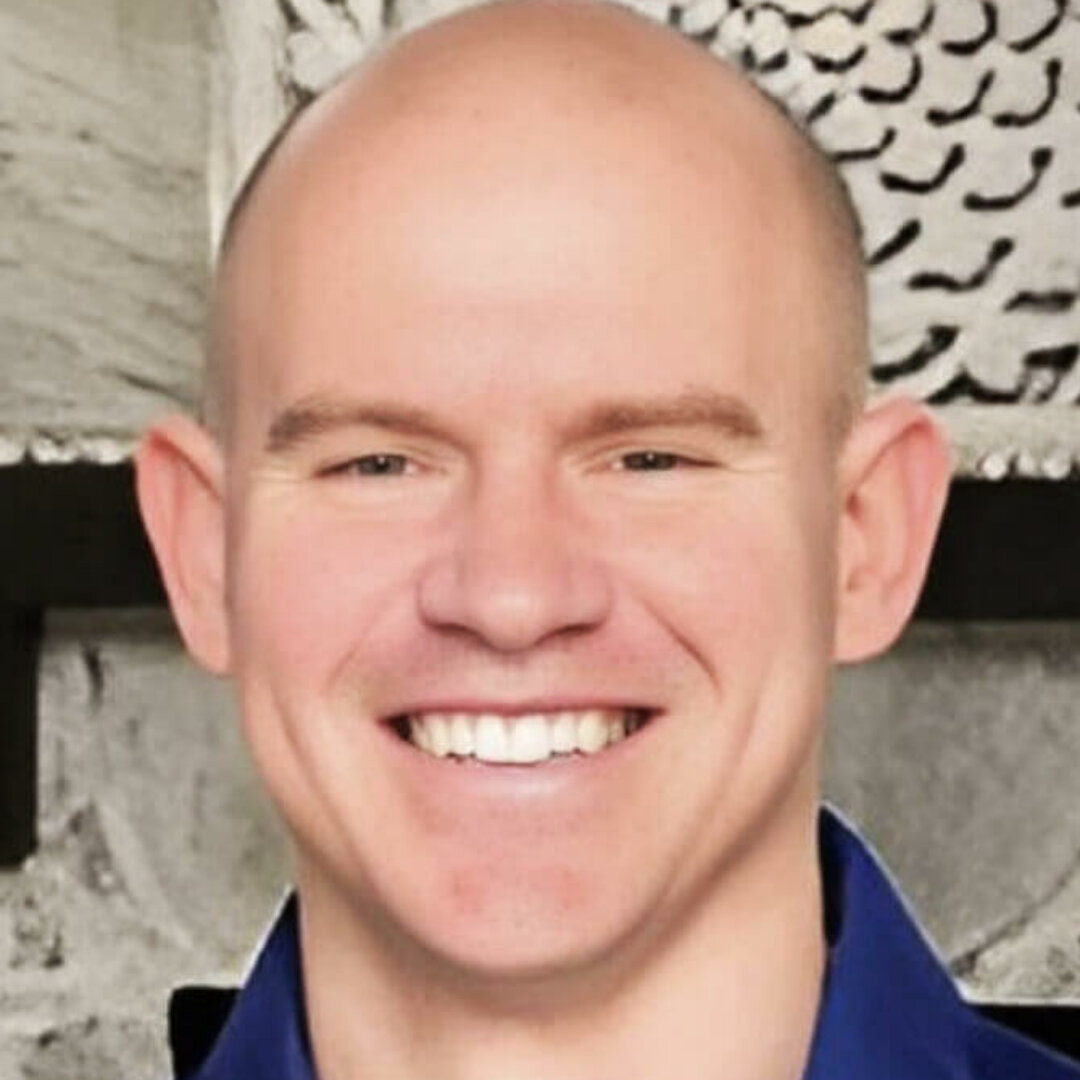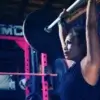New study reports muscle hypertrophy in muscles recruited during resistance training might occur at the expense of atrophy in non-recruited muscles.
Overview
What did they test? This study investigated changes in muscle volumes of 17 recruited and 13 non-recruited muscles in response to a 10-week resistance training program. The researchers also investigated if energy and protein intake affected these responses.
What did they find? Muscles recruited during the training program significantly increased in volume whereas some non-recruited muscles significantly decreased in volume. Consuming ≥ 1.5 g/kg body mass/day of protein tended to be associated with greater muscle growth overall. This amount of protein intake also tended to be associated with better maintenance of muscle volume in non-recruited muscles. A positive correlation was observed for energy intake and changes in muscle volume in the non-recruited muscles. Energy intakes greater than ~45 kcal/kg of fat-free mass/day were associated with better maintenance of muscle volume in non-recruited muscles.
What does it mean for you? Regularly training the muscles you want to grow is critical for promoting maximal growth. Measurable decreases in muscle size can occur within two months if muscles are not recruited in your training program. Hypertrophy of recruited muscles might promote greater atrophy in non-recruited muscles in some individuals. However, consuming adequate protein and energy can help to combat this response.
What’s the problem?
Significant muscle growth can occur over time from regular resistance training. However, muscle growth is energetically expensive. Adequate protein and energy intake can significantly influence the magnitude of muscle growth that occurs in response to a resistance training intervention 1 2. Conversely, a lack of resistance training combined with inadequate energy and protein intake can result in muscles getting smaller and weaker over time (i.e., atrophy)3. Muscle growth in response to resistance training is specific to the muscles recruited during training sessions. While this seems straightforward, less is known regarding adaptations in "non-recruited" muscles in response to a resistance training intervention. In most studies, direct measurements of muscle size are performed only in muscles that were regularly recruited during the training intervention. Therefore, little is known about what happens to non-recruited muscles in response to a resistance training program as they're generally not measured. Considering the energetic demands of muscle growth in a group of recruited muscles, and the lack of data available on responses in non-recruited muscles, the researchers of this presently reviewed study were curious if atrophy occurs in non-recruited muscles in response to a 10-week training program. Additionally, they explored if energy and protein intake influenced these responses.
Purpose
The researchers aimed to explore changes in muscle volumes of 28 leg muscles and two arm muscles in response to a 10-week resistance training program where some muscles were recruited during training sessions and others were not. They also sought to clarify if energy and protein intake influenced the responses.
Hypothesis
The researchers hypothesized that hypertrophy in recruited muscles may occur at the expense of atrophy in non-recruited muscles, especially when energy and protein availability are limited.







